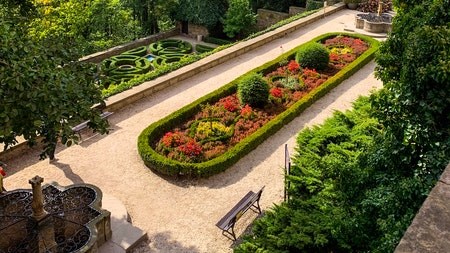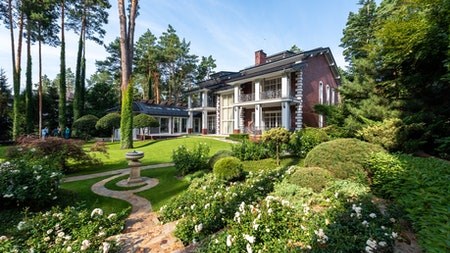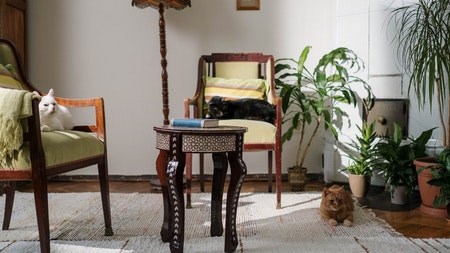In the past two years, many more people have taken up gardening - for pleasure, as a means to exercise, for meditation or food growing.
Small spaces
Vertical gardening is ideal for many city dwellers, and living walls and raised garden beds have become very popular in recent years.
Raised garden beds are easy to maintain and enable elderly or disabled people to continue gardening. It is also an excellent way to experiment with herbs and vegetables following the grow-your-own-food trend.
The need to have something fresh to cook with during the pandemic has driven this efficient use of space, with many people even growing herbs on their windowsills or in window boxes.
Terraces, rooftop gardens and balconies are ideal places to incorporate greenery. Vegetables, herbs, small trees and flowers are appearing on balconies and in vertical gardening set-ups country-wide.
Cut flowers
Cut flowers from the garden enhance any indoor space with colour, and many more people are now growing their own. A wide range of suitable cut flower seeds and seedlings are available and ready to be planted from garden centres country-wide, including asters, poppies, sweetpeas and dahlias.
Sustainability
More and more, sustainability is influencing everyday choices, and permaculture gardening is increasing in popularity. Permaculture is a holistic approach to gardening, which implies living off the land with the elements providing all the resources needed.
To ensure a sustainable garden:
- Plant plants with similar watering needs together.
- Set up irrigation to make sure roots are properly established and with the correct amount of water/
- Plant perennials that will thrive in the garden over a sustained period.
- Mulch to keep plants moist in hot weather and warm enough in cooler conditions.
- Mulching provides an integral layer of living biodiverse organisms over an extended period. Organic materials like leaves, peach pips, bark or wood chips will break down in the soil.
- Organic slow-release fertilisers are another way to provide the soil with balanced minerals over a longer period.
Wild gardens
Immaculately trimmed gardens are making way for a more natural look, which is a boon for small urban creatures. More and more people are letting nature take its course and growing their gardens as nature intended.
Indigenous and endemic plants fit in with this trend. These easy-to-care-for plants will be part of your green space for many years to come, with few problems. This is because they naturally occur in the area where they are found and are generally resistant to pests and diseases.
Water-wise
Sustainability goes hand in hand with being water-wise. Succulents can form the foundation for a water-wise garden, but many other indigenous plants such as grasses and perennials are equally hardy. With some hard landscaping and layers of rocks and pebbles, watering needs are minimised.
According to www.lifestyle.co.za, xeriscape gardening - utilising plants and the necessary landscaping measures reduce irrigation significantly - has reached epic proportions in drier countries. With the unpredictability of South African weather patterns due to climate change, this is a logical and forward-thinking choice.
Biggest trend
According to Garden Design School, developing enthusiasm for gardening - even if your goal is to have the best lawn on your street - is the biggest gardening trend of all for 2022. So, get your gloves on and start now.




